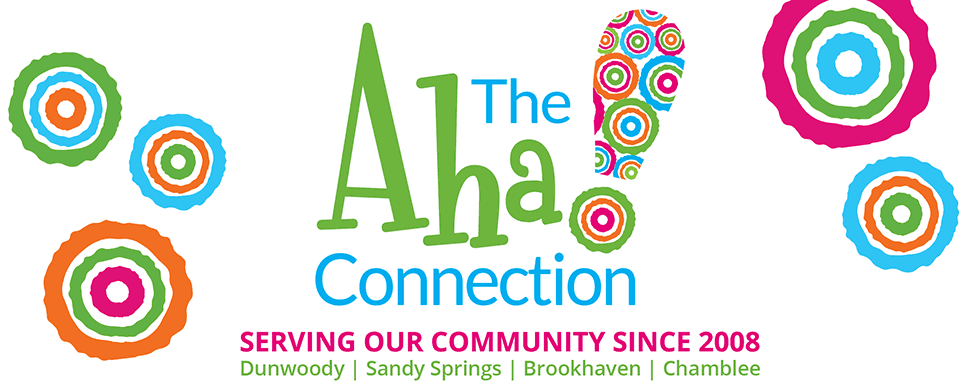Losing Kate Spade and Anthony Bourdain to suicide last week made me wonder if the rise in technology usage played a part in the feeling of hopelessness that they both must have felt. Although we may never know why Kate and Anthony made the decision they did, I think it is important to delve a little more deeply into the role that technology plays in our children’s mental health.
According to a recent CDC report, the rates of suicide in the U.S. soared by 30 percent between 1999 and 2016, impacting all racial and ethnic groups in every age range except adults older than 75 (Hint: those 75 and above don’t typically see the value of being connected to their devices 24/7). Feelings of isolation and relationship issues have long been the leading causes of suicide; but now social media usage and the increase in the time spent in our digital worlds have also been linked to the recent surge.
According to Jean Twenge, a psychology professor at San Diego State and author of iGen, today’s teenagers are more depressed and have higher rates of suicide. Twenge’s research indicates that teens who spend five or more hours per day on their devices are 71 percent more likely to have one risk factor for suicide – regardless of the content consumed. Twenge is not alone in her assertion, additional independent research supports her claim correlating the amount of time spent looking at screens to how sad one feels.
Additionally, Twenge’s research indicates that teens go out a lot less with friends and report feeling lonely a lot more often. It appears that their devices seem to be replacing their physical social interactions; which is concerning because our brains need physical social support to function optimally. Physical social interaction releases oxytocin, a powerful hormone that acts as a neurotransmitter in the brain.
Oxytocin plays a role in human bonding and is the hormone that underlies our ability to build trust. It is also responsible for forming behaviors including empathy and generosity. Oxytocin also helps combat depressive feelings. When we hug or interact with friends and loved ones, oxytocin levels increase allowing us to build deeper, more meaningful relationships with our friends, family, and loved ones. As parents, we need to help our children disconnect from their devices and get back to building relationships the old fashioned way….in person and without digital devices!
If you suspect that your child is struggling, follow your intuition. No one knows your child better than you. Our instincts are messengers which signal something important that we need to pay attention to. Stay attuned to your child’s changes in mood and attitude, these are signs they need help. For example, if you start to see your child withdraw from previously enjoyed activities, declining grades, changes in eating habits, or an increase in aches and pains, these may be warning signs. If something just doesn’t seem right, don’t brush it off as a tween/teen thing. If your child seems to be suffering, here are 4 suggestions that may help:
Initiate Conversations, But Be Patient
Take the time to talk. This is not as easy as it sounds, keep in mind, your kids may not be ready to talk when you are. When they are experiencing difficult emotions, they feel vulnerable and weak. It may take time for them to feel comfortable opening up, and they may do things to try and push you away. If they are not ready to open up when you are, don’t get discouraged; be patient and let them know that you are here for them when they are ready. That time will come and when it does be prepared to engage (even when it is not convenient for you) and truly listen to what they say and let them fully express their emotions.
Don’t Try To Fix It
As the saying goes, “Parents are only as happy as their unhappiest child”, so we try to “fix” things. Our first impulse as parents when our kids express that they are experiencing unpleasant emotions is to try to help them escape from those feelings, but this doesn’t typically help the situation. It is important to convey that feelings of sadness are a necessary and helpful part of the human experience. So, let your kids feel their emotions and encourage conversations that go past the surface even if it makes you feel uncomfortable. This is the most effective way to help your kids sort through their difficult feelings. Ultimately, the way to heal and move through their painful experiences is to let themselves feel.
Share Crisis Information
Suicide is the tenth leading cause of death in the United States, with nearly 45,000 Americans taking their own lives each year, according to the American Foundation for Suicide Prevention. If your child is struggling with feelings of hopelessness or contemplating suicide, give them crisis information. To speak to someone, they can call the National Suicide Prevention Lifeline — at 1-800-273-8255. Sometimes texting is easier for teens, so let them know that if they text the word “need” to Crisis Hotline at 741741 they can receive free crisis support anytime day or night.
Help Your Child Develop Emotional Resilience
Hopelessness is one of the most commonly cited risk factors for suicidal behaviors, according to the National Institute of Health. It is important to convey to our kids that no feeling lasts forever. Any sense of sadness or hopelessness that they feel is a temporary situation. As parents, we need to encourage our kids to be present with their feelings, but we also have to help them develop emotional resilience. Emotional resilience is the ability to bounce back from bad things in your life, and is perhaps the most important factor in getting through a difficult emotion, according to Deepak Chopra, author and speaker in the field of mind-body healing. To help our kids develop emotional resilience, we need to help them acknowledge the strength and courage it takes to openly express their feelings. And don’t forget to celebrate your child’s success in dealing with their difficulties. Developing emotional resilience is a tough journey because to be emotionally resilient one has to experience pain and adversity. It is hard to watch our children struggle, but the gains that they will receive from developing emotional resilience is worth it!
Thanks for reading my blog! If you want the latest information on being a Cyber Savvy Parent delivered directly to your inbox, sign up to receive my newsletter to get tips, tools and advice on parenting your digital world kids at www.cybersavvy.com.
Contact:
Kathy Loomis
(404) 793-7999
KLoomis@CyberSavvy.com





